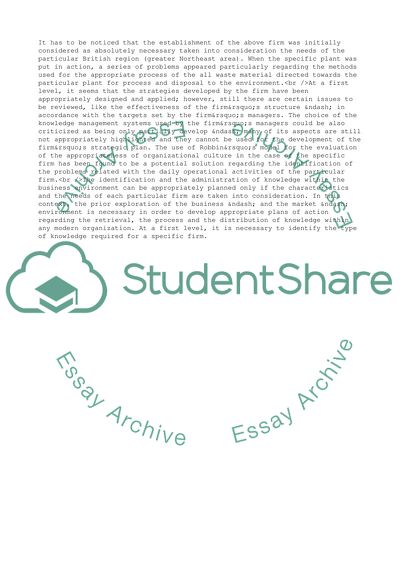Cite this document
(Change and Innovation as Portrayed by Regional Sludge Treatment Centre Essay, n.d.)
Change and Innovation as Portrayed by Regional Sludge Treatment Centre Essay. https://studentshare.org/management/1713402-change-and-innovation
Change and Innovation as Portrayed by Regional Sludge Treatment Centre Essay. https://studentshare.org/management/1713402-change-and-innovation
(Change and Innovation As Portrayed by Regional Sludge Treatment Centre Essay)
Change and Innovation As Portrayed by Regional Sludge Treatment Centre Essay. https://studentshare.org/management/1713402-change-and-innovation.
Change and Innovation As Portrayed by Regional Sludge Treatment Centre Essay. https://studentshare.org/management/1713402-change-and-innovation.
“Change and Innovation As Portrayed by Regional Sludge Treatment Centre Essay”. https://studentshare.org/management/1713402-change-and-innovation.


